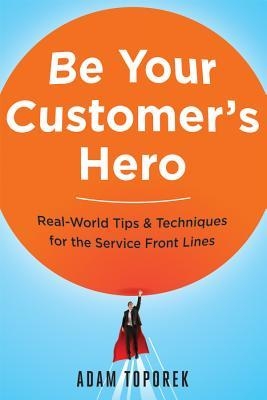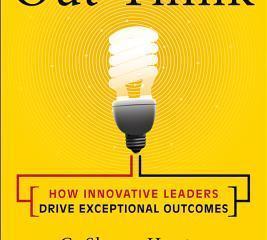

“Leading with GRIT: Inspiring Action and Accountability with Generosity, Respect, Integrity, and Truth” by Laurie Sudbrink (John Wiley &Sons, $35).
While the book deals with GRIT (Generosity, Respect, Integrity, Truth,) its nitty-gritty retention value comes using Sudbrink’s SHIFT methodology for reading the book. The benefit of SHIFT will come apparent when completing the fill-in-the-blanks exercises at the end of each chapter.
SHIFT: Scan the chapter for topics that pique your interest. Home in on a few areas that will create impact for you. Imagine the effect of impact on yourself, peers and subordinates. Devise your impact plan and its milestones. Act.
Here’s a snapshot of GRIT:
■ Generosity. It’s giving without the expectation of getting. In the business world, this deals with helping co-workers by using your time and your talents. By paying it forward, others will, too, and when you need help, they’ll be there.
Paying it forward defines you as a go-to person. Although that builds your brand; it can have two pitfalls:
1. It may make it harder to complete your work.
2. By always giving, you may end up enabling others, which deprives them of a learning experience.
■ Respect. Consideration involves basing actions and reactions on knowing and evaluating the perspectives of others. By asking questions, you uncover someone else’s truth. Once uncovered, you will make better choices because you’ll know their impact on others.
■ Integrity. As a leader, your actions and reactions have consequences; they influence others. Be accountable and hold others accountable. Make priorities clear; if they change, take time to explain. Don’t procrastinate; delays mean lost productivity. Don’t take shortcuts; most lead to long detours.
Accept mistakes. No one gets it right all the time, but everyone can learn from theirs and those of others. Negativity won’t fix anything; positive action will.
■ Truth. On a personal level, “do you know who you are and what you believe in? Or are you wearing masks just to please others?” Changing who you are to meet someone’s expectations, compromises character. Once people see you as a chameleon, they won’t trust you.
Sign up for free email tips at leadingwithgrit.com.
“Be Your Customer’s Hero – Real-World Tips &Techniques for the Service Front Lines” by Adam Toporek (Amacom, $17.95).
Based on experience, customers know what to expect when certain service events take place. Eye contact and smiles mean one thing. Being transferred (i.e. having to start from Square One again) and being ignored (i.e. you’re obviously looking for help, but no one notices) mean another.
The difference in how a customer views the situation depends upon the customer service person’s attitude. Toporek believes many customer service reps remember their negative-customer experiences and this influences how they treat customers. They expect negativity, so they don’t really engage. They treat customers as transactions rather than friends.
When customers sense that the rep isn’t “easy to do business with” they don’t want to do business with the company. Worse, they spread the word. If you want to be easy to do business with, Toporek advises you meet with your manager and other reps to identify customers’ common issues. Ask for customer opinions, too. Once you know their hot buttons, devise ways avoid pushing them.
His research shows reps are often unclear about what they can and can’t do. That’s the fault of the manager, not the rep. Yet, all too often, reps don’t ask their manager about their authority. As a result, they shuffle the customer to the manager — back to Square One in the customer’s mind.
You can sign up for free customer service tips at customersthatstick.com.
Jim Pawlak is a nationally syndicated reviewer of business books.






